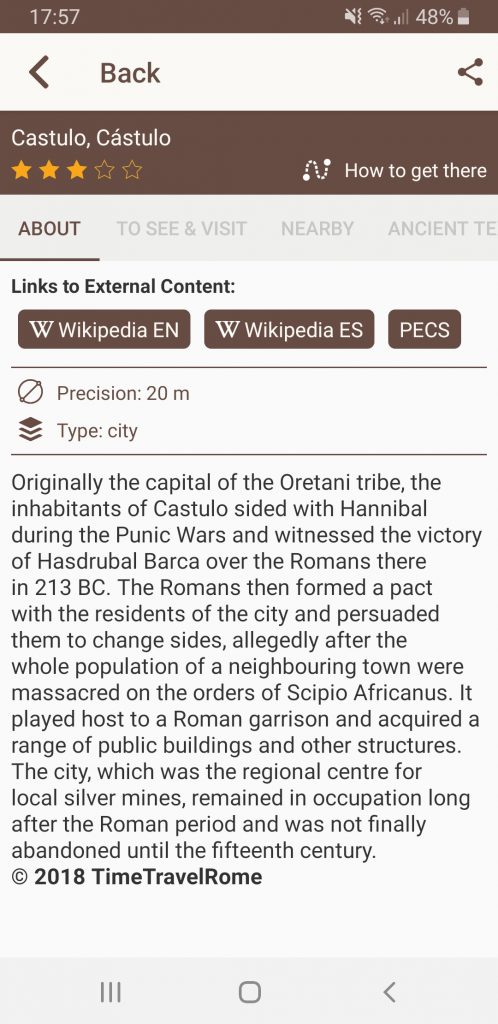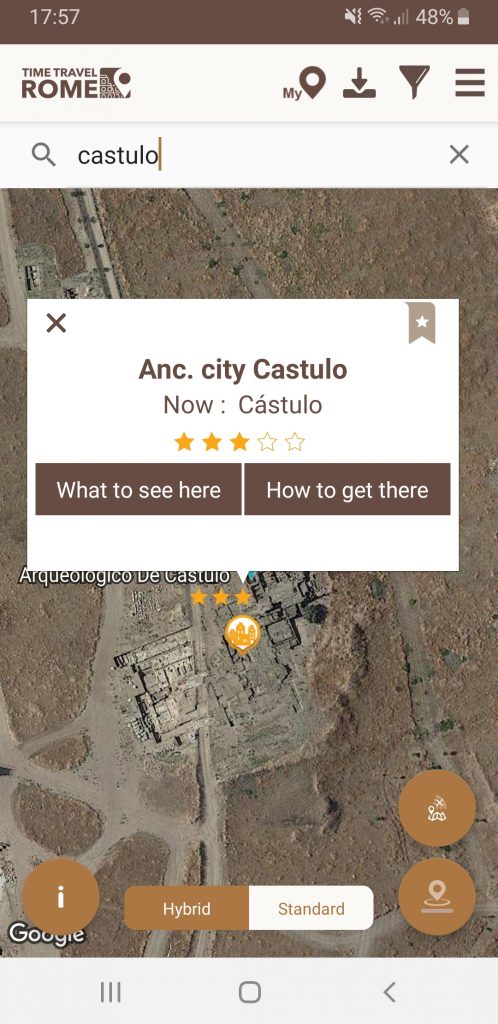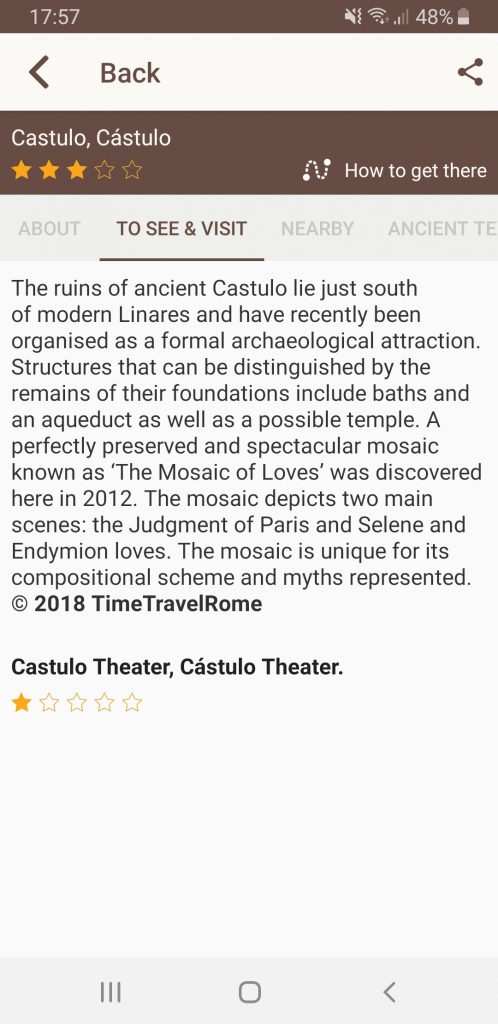A fascinating ancient people lived in the northern regions of Africa, to the west of Carthage. The Romans initially met them during The First Punic War, employed as mercenaries of Carthage. They called them the Numidians, possibly derived from the word nomad. During the Punic Wars, there were actually two main tribes, the Massylii and the Masaesyli. When the 2nd Punic War broke out, both tribes joined the fray. The young prince of the Massylii, Masinissa, would soon find himself helping Carthage achieve victory at Castulo.
War Breaks Out
Masinissa’s father, King Gala of the Massylii, maintained close relations with Carthage. In fact, Masinissa grew up in the capital city itself. As a result, he was very familiar with the culture, and even engaged to a woman of Carthage. Sophonista was the daughter of Hasdrubal, the highest ranking general in Carthage. The fact that he betrothed his daughter to a foreign Numidian speaks highly of Masinissa’s character, intelligence, and abilities. Unsurprisingly, King Gala allied himself once again with Carthage for the 2nd Punic War. King Syphax of the Masaesyli began leading raids against Carthage and the Massylii. The Roman generals leading the Republic’s forces in Spain, brothers named Publius and Gnaeus Scipio, heard of this, and subsequently offered an alliance to Syphax, which he readily accepted.

When Carthage urged Gala to move against Syphax, young Masinissa was eager to obey. Only seventeen years old, he convinced his father to send the army and begged to take command. The two armies clashed in a great battle. Livy says that 30,000 men died. Masinissa won, and drove Syphax and his forces back to Mauretania. However, while he was there, Syphax managed to gather a large number of local tribes to his side. He prepared to cross with his massive army into Spain, but Masinissa followed swiftly. He continued the war against Syphax alone, with no help from Carthage, stopping Syphax’s plans to enter Spain.
The Battle of Castulo
When Hasdrubal returned to Spain to fight the Scipio brothers, he asked Masinissa to join him. The young prince came at the head of 3000 Numidian cavalry. The state of affairs looked dire for Rome. Hannibal pressed his attack on Italy, and Rome had no more men to send to Spain. The Scipio brothers employed 20,000 Iberian mercenaries to boost their forces. Unfortunately, the generals of Carthage convinced many of them to desert the Romans and join their armies. Nevertheless, Publius Scipio marched out to meet two of the Carthaginian generals. On the way, he found himself under constant harassment from the dangerous Numidians. Unrivaled in speed, agility, and maneuvers, they cut off stragglers and foragers, and even attacked the camp outposts. At night, they would rush the stockade of the camp itself. They kept the Romans in a state of continual fear and anxiety, and prevented them from resupplying.

Feeling the pressure, Publius Scipio sought out a battle where he would usually have remained cautious. He led a quick march to attack the Iberian allies of the Carthaginians near the city of Castulo. The Romans were winning easily until Masinissa, having guessed Scipio’s plan, reappeared in the middle of the battle. The Numidians rushed both flanks of the Romans, and soon after the Carthaginian forces arrived. Though Scipio fought fiercely in the heart of the battle, an enemy spear struck him in the side. He fell dead from his horse, and the Romans fled, utterly dispirited by the loss of their general.
Victory in Spain
Soon after, the victorious forces moved against Gnaeus Scipio. Upon seeing their approach, Gnaeus feared already that his brother had fallen. He and his men retreated under the cover of night, heading for Ebro. The next morning, realizing what had happened, the Carthaginians sent Masinissa and his cavalry in pursuit. The nimble horsemen quickly caught the Romans, and attacked their rear lines. Forced to turn constantly to defend themselves, the Romans’ march was dangerously slowed. Eventually the attacks became too fierce. Gnaeus circled his men on a small rise to form a more organized defense. Soon after, as Gnaeus had feared, the remaining Carthaginians arrived. Using the packs and saddles of their horses, the Romans built a makeshift rampart. It proved tougher to breach than expected, and for a time, the Roman soldiers held off the attack.

Eventually, however, the Carthaginian forces managed to cut through the packs in several places. “The camp was rushed on all sides and captured; the little band of defenders were slaughtered by the masses of the enemy, helpless in the hands of their victors.” The news of the brothers’ deaths devastated Rome, and the Senate searched frantically for a new commander. Meanwhile, in Spain, Masinissa celebrated the victory over the Scipio brothers with his Carthaginian allies. He was unaware that his life was destined to be entwined with yet another Scipio, Publius Cornelius Scipio, the son and nephew of the dead commanders, and one of the greatest generals in the history of Rome.
What to See Here?
The ruins of ancient Castulo lie just south of modern Linares and have recently been organized as a formal archaeological attraction. Structures that can be distinguished by the remains of their foundations include baths and an aqueduct as well as a possible temple. A perfectly preserved and spectacular mosaic, known as ‘The Mosaic of Loves,’ was discovered here in 2012. The mosaic depicts two main scenes: the Judgment of Paris and Selene and Endymion loves. The mosaic is unique for its compositional scheme and myths represented.
To find out more: Timetravelrome.
This article was written for Time Travel Rome by Marian Vermeulen.
Sources: Appian, The Punic Wars; Livy, History of Rome; Cassius Dio, Roman History
Header Photo: Zona de las termas en Cástulo by Kordas is licensed under CC BY-SA 4.0





